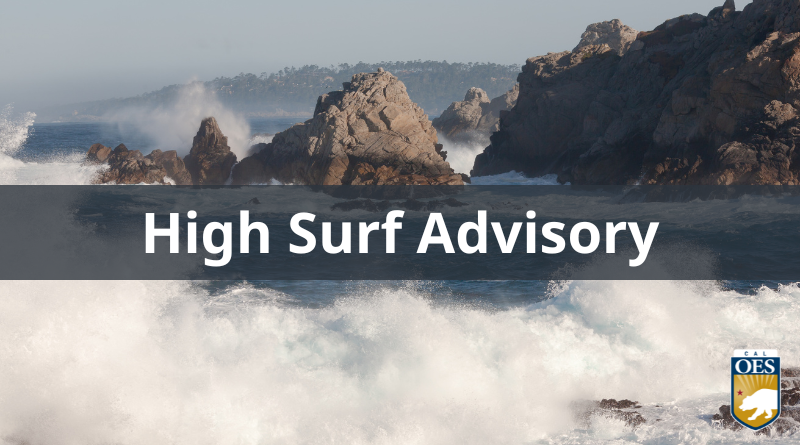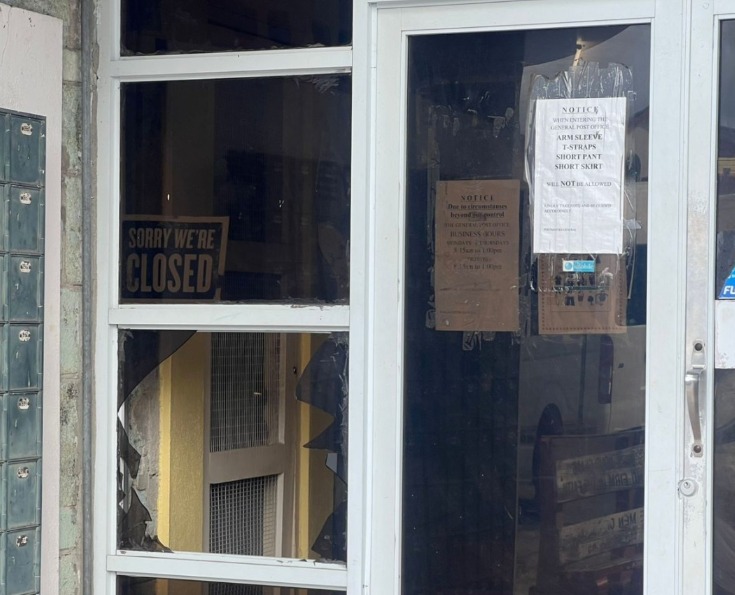


High Surf Advisory Still in Effect for Antigua, Barbuda, St. Kitts, Nevis, Anguilla, and the British Virgin Islands
Locations Affected: Reefs and exposed northern and north-facing coastlines with relatively shallow, gently to moderately sloping nearshore areas.
Timing:
- Until Monday pre-dawn for the British Virgin Islands
- Until Monday morning for Barbuda, St. Kitts, Nevis, and Anguilla
- Until Tuesday morning for Antigua
Synopsis:
Moderate long-period swells continue to impact the region, causing hazardous conditions along mainly northern and north-facing coastlines. The threat level to life, livelihood, property, and infrastructure remains moderate, with the potential for significant impacts. These swells could result in life-threatening surfs and rip currents on the affected coastlines.
A high surf advisory indicates that dangerous surfs of 2 to 3 meters (6 to 10 feet) will affect some coastlines within the advisory area, producing hazardous conditions.
Seas (Significant Wave Heights): 1.5 to 2.4 meters (5 to 8 feet), occasionally or locally reaching near 3.1 meters (10 feet).
Swell Period: 9 to 14 seconds.
Swells: North-northeast at 1.5 to 1.8 meters (5 to 6 feet) and occasionally higher.
Surfs (Breaking Swells): Over 1.5 meters (over 5 feet). Surfs could be as much as twice the height of swells, depending on the bathymetry of the nearshore areas.
Coastal Flooding: High tides, combined with onshore wind and swell actions, could result in localized coastal flooding and beach erosion.
Potential Impacts:

- Loss of life due to strong currents that can carry even the strongest swimmers out to sea
- Injuries to beachgoers
- Beach erosion
- Sea water splashing onto low-lying coastal roads
- Beach closures
- Localized disruptions to marine recreation and businesses
- Financial losses
- Damage to coral reefs
- Saltwater intrusion and disruptions to potable water from desalination
High surfs can knock spectators off exposed rocks and jetties.
Precautionary Measures:
- Beachgoers, especially along the affected coastlines, should exercise extreme caution. Bathe only where lifeguards are present or on sheltered, less affected beaches, primarily to the south.
- Extreme caution is also required for those using affected non-beach or rocky coastlines.
Rip Currents: These are powerful channels of water flowing quickly away from shore, often occurring at low spots or breaks in the sandbar or near structures like groins, jetties, and piers.
- If caught in a rip current, relax and float.
- Do not swim against the current. If possible, swim parallel to the shoreline to escape.
- If unable to escape, face the shore and call or wave for help.
Stay Informed:
Please continue monitoring these hazardous, life-threatening marine conditions. Updates are available from the Meteorological Office via antiguamet.com and on social media platforms Twitter, Facebook, and YouTube (@abmetservice).
Forecaster: Letitia Humphreys
Advertise with the mоѕt vіѕіtеd nеwѕ ѕіtе іn Antigua!
We offer fully customizable and flexible digital marketing packages.
Contact us at [email protected]
Related News

WISH Welcomes 2025: A Year of Healing, Growth, and Community Empowerment

PHOTOS: Rawdon Turner Nominated As ABLP Candidate For St. Peter By-election

Post Office Break-In: No Valuables Stolen, Reopening Set for Tuesday










